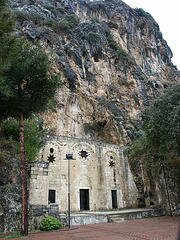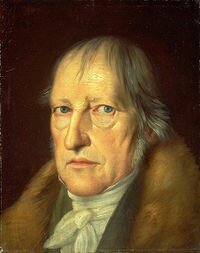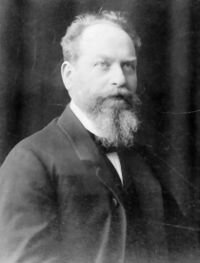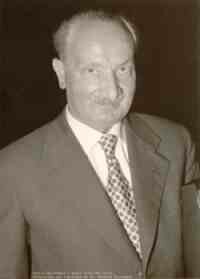
The Peshitta is the standard version of the bible in the Syriac language. The name 'Peshitta' is derived from the Syriac mappaqtâ pšîṭtâ (ܡܦܩܬܐ ܦܫܝܛܬܐ), literally meaning 'simple version'. However, it is also possible to translate pšîṭtâ as 'common' (that is, for all people), or 'straight', as well as the usual translation as 'simple'. Syriac is a dialect, or group of dialects, of Eastern Aramaic. It is written in the Syriac alphabet, and is transliterated into the Roman alphabet in a number of ways: Peshitta, Peshittâ, Pshitta, Pšittâ, Pshitto, Fshitto. All of these are acceptable, but 'Peshitta' is the most convenient spelling in English.
History of the Syriac versionsPeshitta text of Exodus 13:14-16 produced in Amida in the year 464. The name 'Peshitta' was first applied to the standard, common Syriac bible in the ninth century, when it is called such by Moshe bar Kepha. However, it is clear that the Peshitta had a long and complex history before receiving its name. In fact the Peshitta Old Testament and New Testament are two completely separate works of translation.
The Peshitta Old Testament is the earliest piece of Syriac literature of any length, probably originating in the second century. Whereas the majority of the Early Church relied on the Greek Septuagint, or translations from it, for their Old Testament, the Syriac-speaking church had its text translated directly from the Hebrew. The Hebrew text that served as a master copy for the translation must have been relatively similar to the Masoretic Text of mediaeval and modern Hebrew Bibles. Although previous studies had suggested that it was translated from Aramaic Targumim, this is now rejected. However, some isolated targumic influences can be seen in the text (especially in the Pentateuch and Books of Chronicles), with the addition of little interpretive asides. The style and quality of translation in the Peshitta Old Testament varies quite widely. Some parts may have been translated by Syriac-speaking Jews before being taken over by the church, while other parts may have been worked on by early Jewish converts to Christianity. As Syriac is the language of Edessa, it is likely that the translation took place in that region. However, Arbela and Adiabene, with its large and influential second-century Jewish population, has also been suggested as the place of origin. A few scholars have pointed to a few supposedly Western Aramaic features in the text, which may suggest that the original translation took place in Palestine or Syria. However, the interpretation of these features is extremely difficult.
 An abortion is the removal or expulsion from the uterus of an embryo or fetus, resulting in or caused by its death. This can occur spontaneously as a miscarriage, or be artificially induced through chemical, surgical or other means.
An abortion is the removal or expulsion from the uterus of an embryo or fetus, resulting in or caused by its death. This can occur spontaneously as a miscarriage, or be artificially induced through chemical, surgical or other means.




























